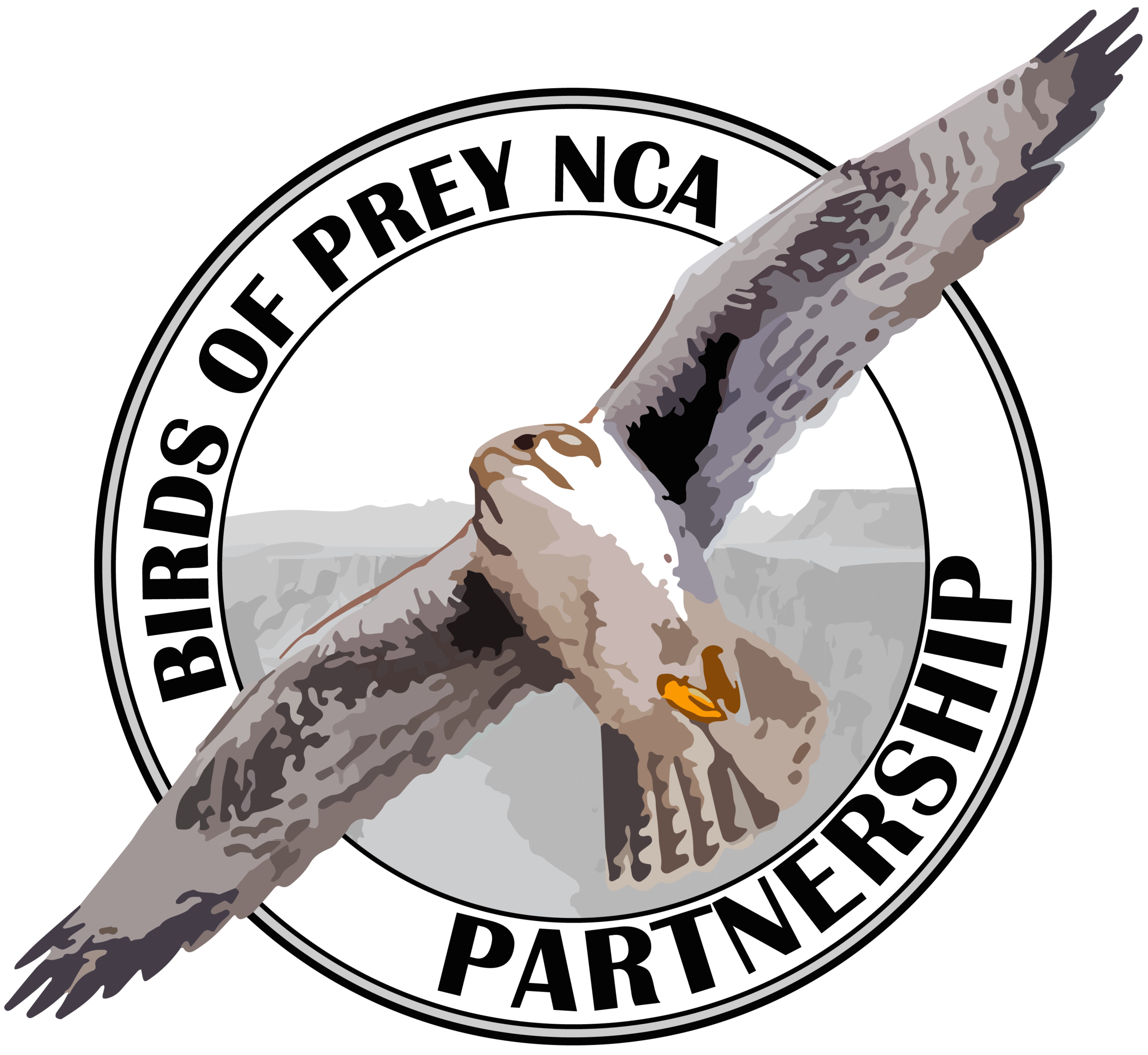Working with multiple partners to conduct long term monitoring
BOPP is partnering with BLM, United States Fish and Wildlife Service (USFWS) , United States Geological Service (USGS), and College of Western Idaho (CWI) to conduct long-term ferruginous hawk nest monitoring in and around the NCA.
These efforts are facilitated by internships provided through the MILES Undergraduate Research and Internships (MURI) program. The BOPP and our partners at CWI mentored the first intern for this program, Zach Sanchez, in 2016, and we are currently mentoring a second intern, Talia Jolley, this spring.
We hope to bring an additional intern on in this summer. In addition to monitoring nesting attempts, inters conduct their own research project . Zach Sanchez presented the results of his project , "Breeding Ecology and Habitat Suitability of Ferruginous Hawks in Southwestern Idaho", during the poster session at the Idaho Chapter of The Wildlife Society 2017 Annual Conference.
By identifying and regularly motioning these nest sites, this project is contributing to additional research on ferruginous hawk ecology being conducted by USFWS and USGS, as well as facilitating BLM educational field trips where the public can participate in banding activities.
Project Abstract
Ferruginous hawks (Buteo regalis) are avian apex predators that have high breeding habitat specificity within grassland and shrub steppe ecosystems in the western United States. Because of their sensitivity to a variety of ecological parameters associated with climate change and increasing anthropogenic landscape alteration, they function well as indicator species for ecosystem health. Range-wide, ferruginous hawk populations have been the subject of growing conservation concerns in light of widespread habitat alterations associated with invasive annual grasses, increased fire frequency, and growing anthropogenic encroachment within historic breeding habitat. Within Idaho, the ferruginous hawk is listed as a Species of Greatest Conservation Need and is a BLM Type 2 Sensitive Species, with the loss of suitable habitat is listed as a cause of their decline. Despite this, there is little published information available on the distribution, demography, and reproductive performance of ferruginous hawks in southern Idaho.
Goals
- Develop and maintain of a long-term nest monitoring program (partnering with BLM, USFWS, USGS, Birds of NCA Prey Partnership, and College of Western Idaho) that will collect baseline data on the ecology and population demography of breeding ferruginous hawks in and around the Morley Nelson Snake River Birds of Prey NCA.
- Develop ecological models that investigate the influences of habitat attributes, nest site characteristics, and human disturbance on ferruginous hawk site occupancy and breeding success in southern Idaho.
Project Objectives
Create a long-term monitoring framework to collect data on occupancy, nesting success, and productivity of ferruginous hawk territories in and around the Morley Nelson Snake River Birds of Prey National Conservation Area (MNSRBOPNCA).
Map the distribution of breeding ferruginous hawk territories and monitor territory occupancy and nesting success within the MNSRBPNCA, Idaho.
- Utilize field techniques and geospatial analyses to collect Land Use and Land Cover (LULC), human disturbance, and fire history data associated with ferruginous hawk breeding habitat.
- Create multivariate models that use model variables to predict ferruginous hawk territory occupancy and nesting success.



